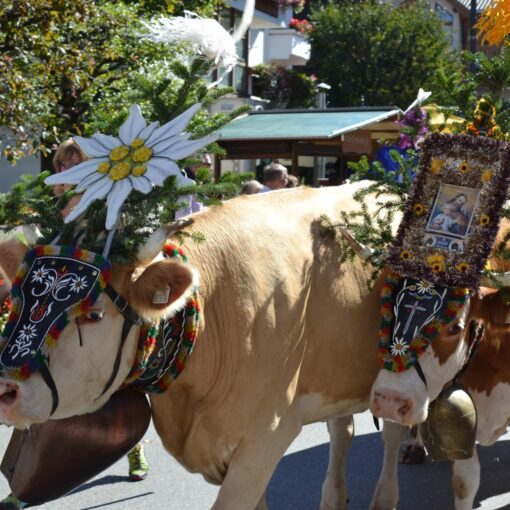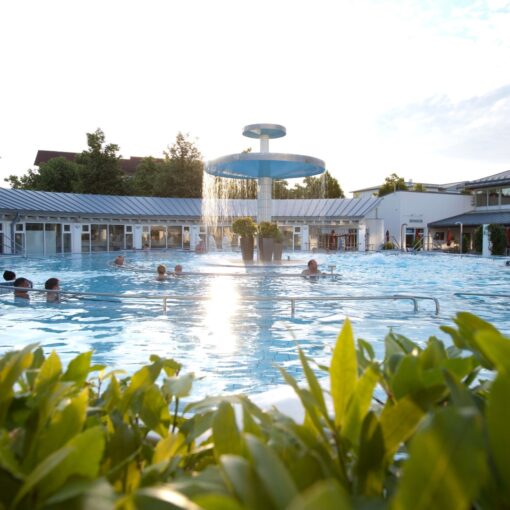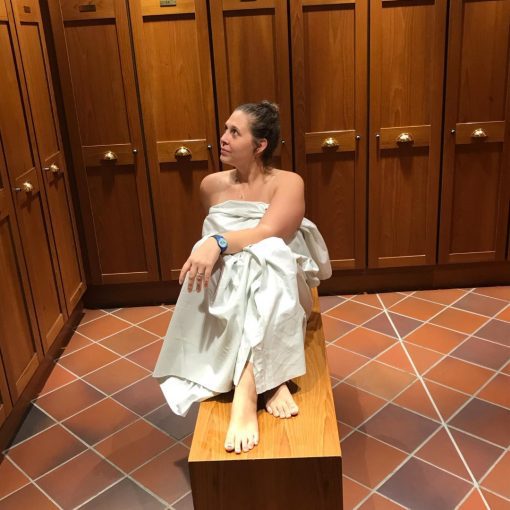[This post may contain affiliate links where we earn a small commission. Please see our disclosure for more information and thank you for supporting our site so we can continue to bring you awesome content for your travel inspiration!]
If you can actually believe it, I wasn’t a beer drinker before moving to Germany. But what is an even odder twist of events is that the beer that I fell for first in Bavaria was a Dunkel (dark) beer….not even some “easier to drink” light beer. Nope, I headed straight for the liquid bread!
But alas, I’ve come a long way and now, there is one German drink that you’ll find in my hand on a hot, summer day. A Radler! Here in Germany, it’s easy to just go buy a delicious bottle of this “German lemon beer” but in the US it’s a bit harder to come by. And no, it is NOT the same as a shandy!
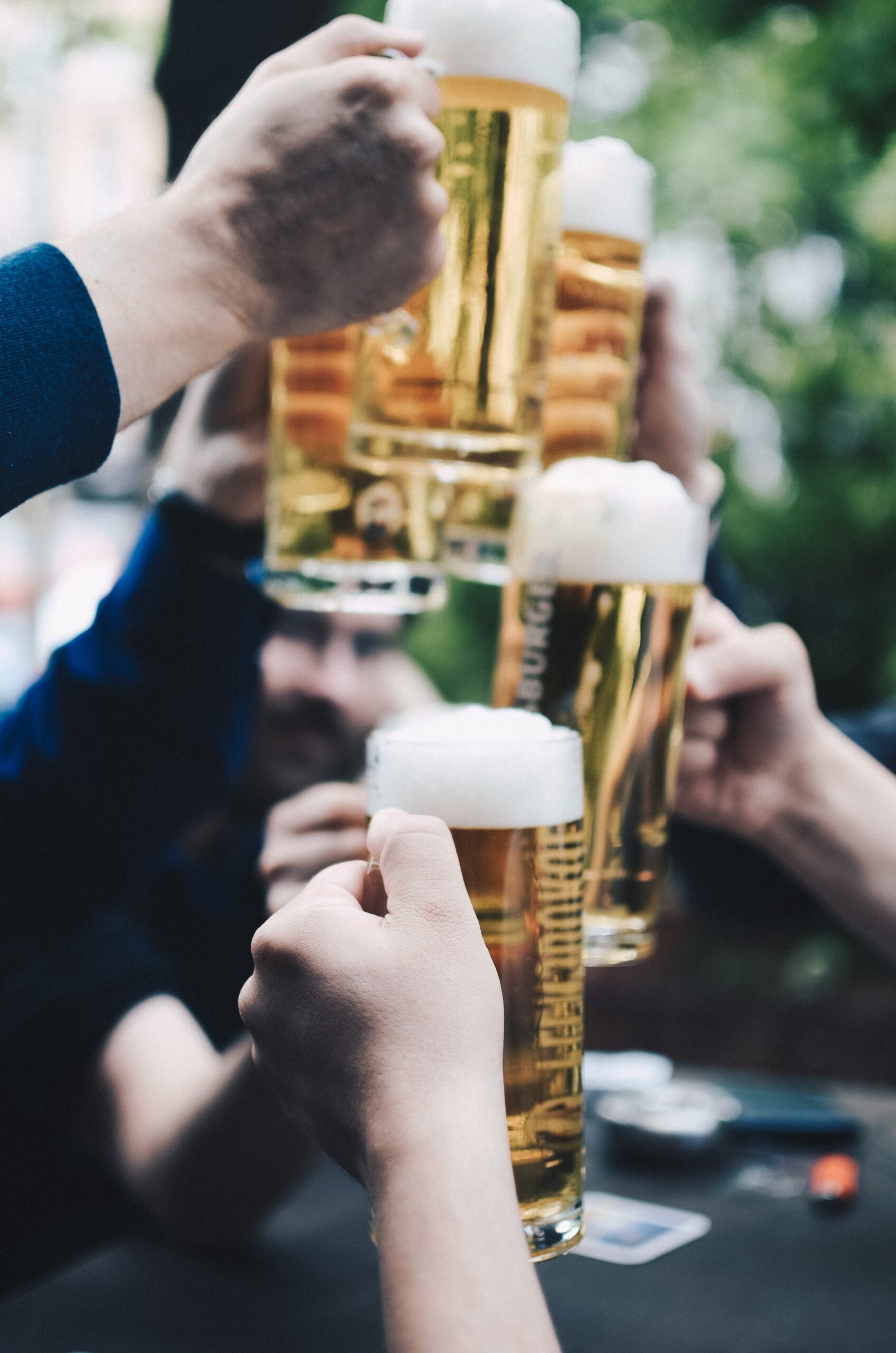
What Is a German Radler?
I’ll get into a bit of the history, variations, and background of a Radler German Beer below, but I hate having to scroll through millions of paragraphs to get to a recipe just as much as the next guy, so I’m going to cut to the chase and then you can hang around later if you feel like.
Authentic German Radler Drink
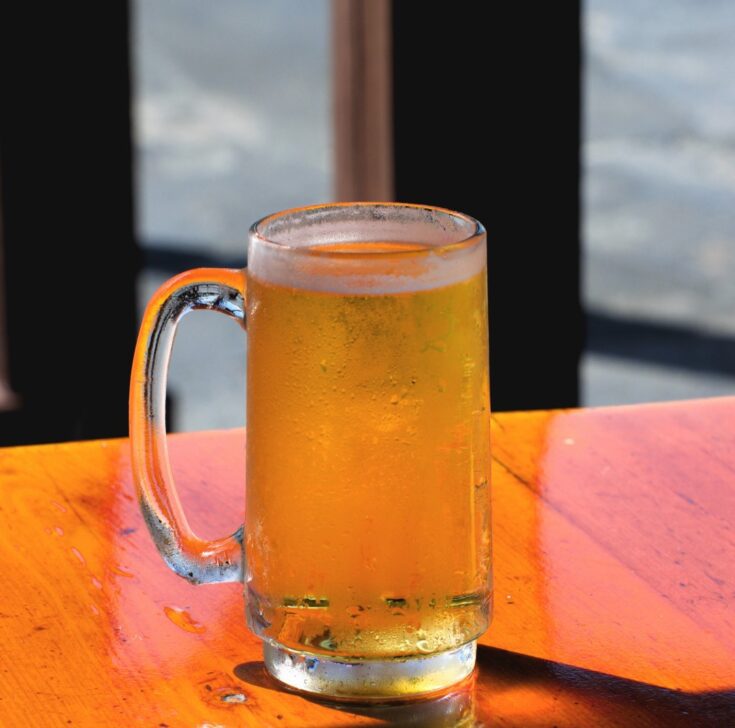
This classic German lemon beer is so incredibly easy to make at home. This Radler "Recipe" comes together with just 2 simple ingredients!
Ingredients
- 1 Part Lemon Lime Citrus Soda (Such as Sprite or 7 Up)
- 1 Part Helles Beer (or Pilsner if you can not find a Helles)
Instructions
- Keeping the proportions equal, pour half a glass of light lager beer and finish the other half with a lemon-lime soda.
- Enjoy your "German lemon beer!"
Oftentimes, you’ll hear that a German Radler is half beer half lemonade. In fact, even IN Germany, this is how it’s described. But, as I pointed out in my 20 Other Drinks Besides Beer To Try in Germany post, “Limonade” in Germany is NOT what Americans think of as the sweet, tart, lemony drink we all love in the summertime.
Nope. “Lemonade” in Germany is actually going to be something like a Sprite or 7-Up. So, if you are looking for a Radler recipe, and it calls for “Lemonade” it’s not going to taste like a fresh, authentic Radler that you would get in Deutschland.
So, yup. Basically, a German Radler is just simply Beer and Sprite! Simple enough, right? Well…maybe…..
What Beer To Use For a Radler?
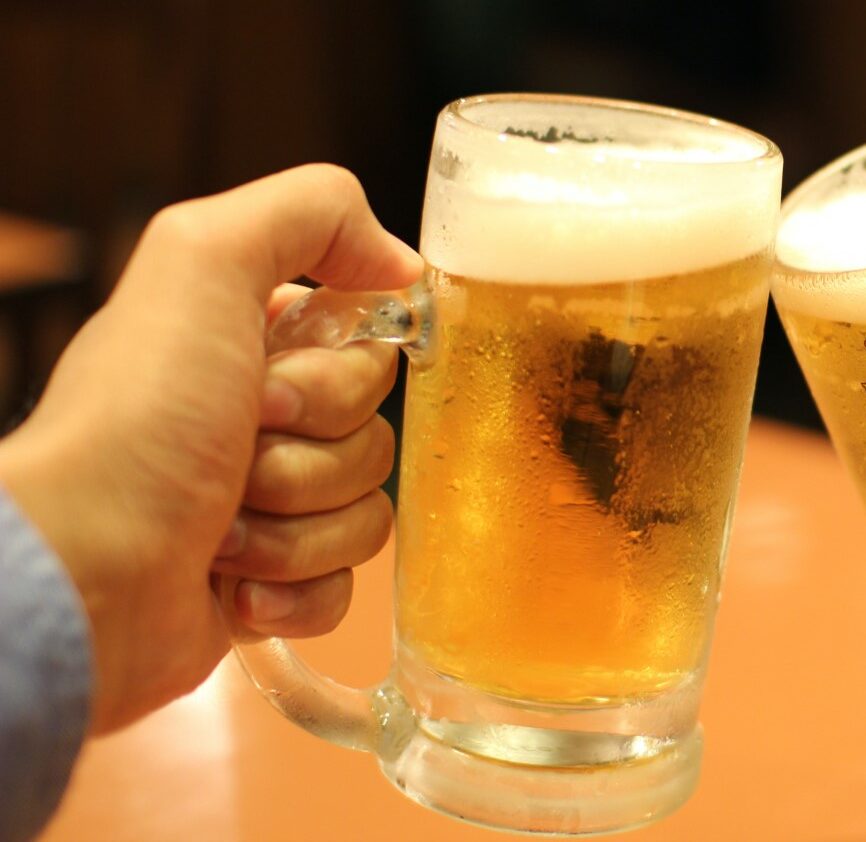
Ok, so now that we’ve got that whole lemonade debacle cleared up, what kind of beer should you use?? Well, this depends.
In Bavaria
In Bavaria, where the Radler Lemon Beer originates from, a classic Radler is going to be made with a Helles beer. So, I am going to argue that if you want an authentic Radler, then a Helles is the way to go.
The problem with this is the in the US, as much as the craft brew scene is taking over, I still found it quite difficult to find a true Helles.
Therefore, a lot of people will say that you can just go with any lighter lager style of beer, but let’s be serious here. A Budweiser is not going to suffice here!
In The North
In the Northern parts of Germany, a Radler is sometimes called “Alterwasser” and is more commonly made with a Pilsner style beer rather than a Helles (lager).
A Pils beer is probably going to be way easier to find in the US than a Helles, surprisingly. I’m going to be a snob and say that I don’t think this makes the best radler, but since technically, this is what is more typically used in the North, it still stands that this would be a “German Style Radler!” And hey, beggars can’t be choosers, am I right!?
Other Variations
Obviously, with the popularity of the Radler drink, came experimenting with it.
Dunkle Radler: You can now get a Dunkles Radler (half dark beer, half “lemonade”). Funny enough, as much as Dunkle beers remain my top choice of beer, I do not like a Dunkles Radler over a normal one!
Grapefruit: These are not very common, and you definitely won’t find them at restaurants in Germany, but I have seen Grapefruit Radlers at Aldi before. I can’t say I hated it, but again, there is just something so refreshing about the Zitrone Radler that can’t be beaten!
What Is the Difference Between a Shandy and a Radler?
Honestly, I have no idea. I just came here to drink….
But in all seriousness, apparently the two are pretty darn close. HOWEVER, as a true Radler lover now, I can tell you when I am back in the US and get a “Shandy” it does NOT taste like my favorite Bavarian Radlers! Sometimes they are made with different ratios (other than half and half) and other times, they are made with actual lemonade (so it’s much more bitter and not as carbonated as the German version). And then there are the atrocious times that I pop open a can of “Summer Shandy” and the lemon “flavor” tastes like I’m drinking cleaning supplies.
So What is the Best Radler Beer?
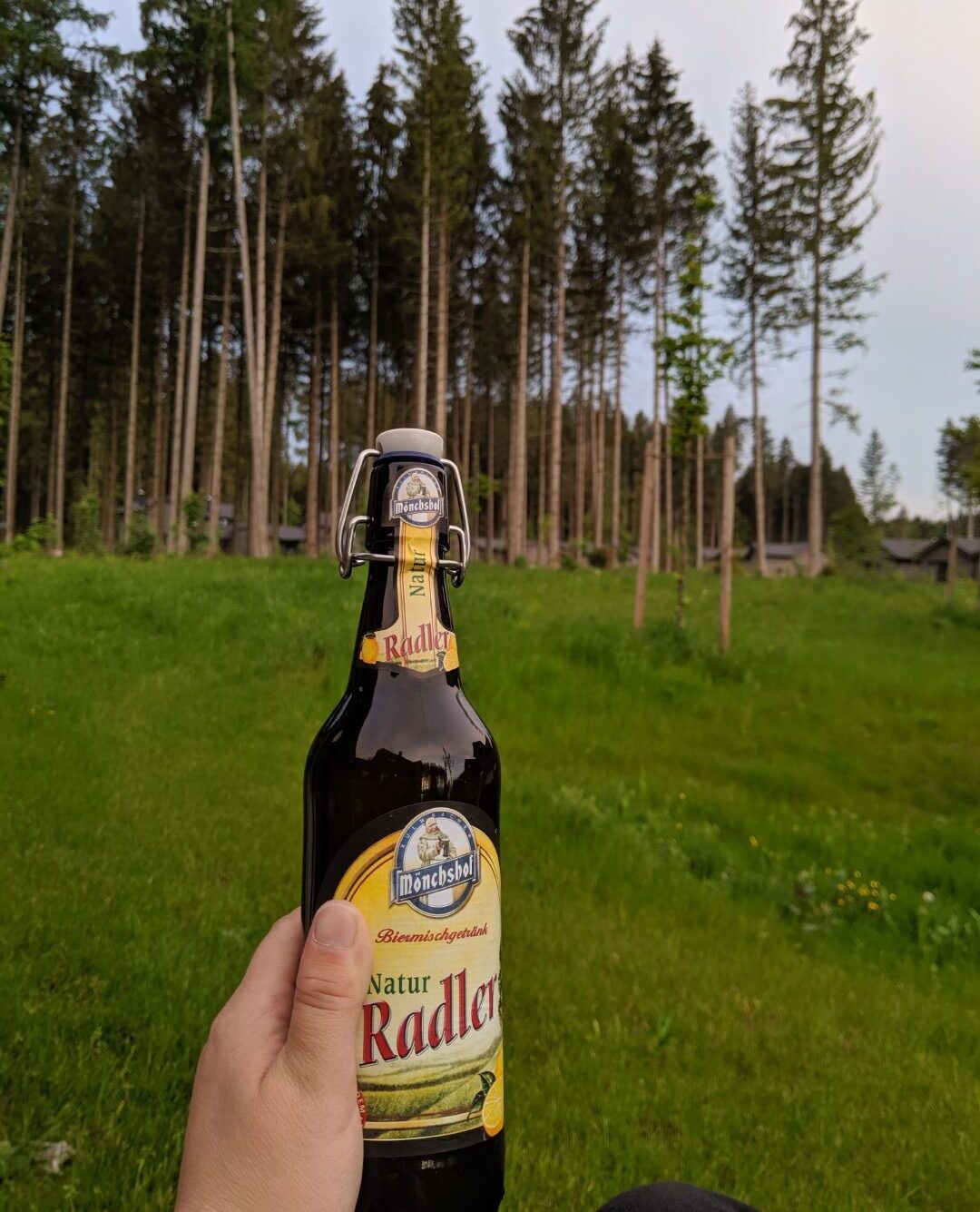
Well, if you are in the US, the best radler beer is honesly going to be one that you make yourself! It is fresh, bubbly, citrusy and PERFECT for hot, summer days!!!
If you are in Bavaria, I am slightly obsessed with the Mönchshof Radlers. They are the best I’ve found, and yes, I’ve done a lot of “taste testing.”
Another popular Radler is the Grapefruit Radler from the Austrian Brewery, Stiegl.
The Radler Definition: The history of the German Beer with Lemonade
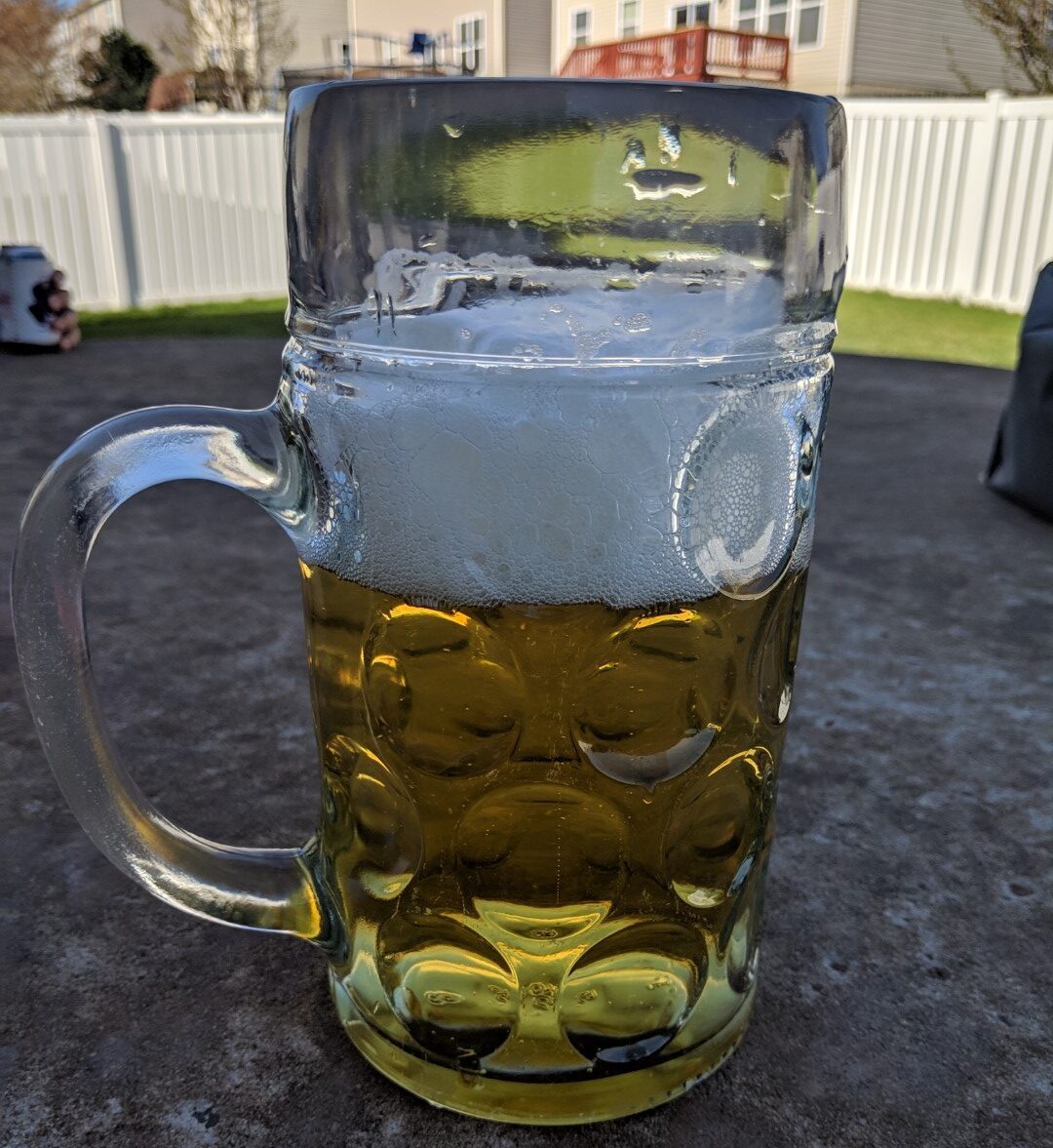
The “Radler” meaning is actually taken directly from the Bayerish word “Radler” which is actually, literally, a bicylist.
So what does this have to do with a lemonade beer?
The story goes that a large group of cyclists came to a traditional Bavarian Guesthouse in the small village of Deisenhofen, which is just outside of Munich. The problem was that Herr Kugler was (somehow) running short on beer that day (how does that even happen in Bavaria??), but God forbid he lose any business! So, he whipped up a special “Radlermaß” (A giant Maß/ Stein of Beer “Just for the cyclists”). He told them that it was perfect for bike riding, since it was much lower in alcohol content, so they would be safe to bike home!
And the drink took off from there!!! To this day, cyclists, hikers, and others on-the-go will often stop for Radlers as a refreshing “beer alternative” in the hot, summer months. It is the absolute perfect drink to sip on in the Biergartens, or just in your own backyard!





